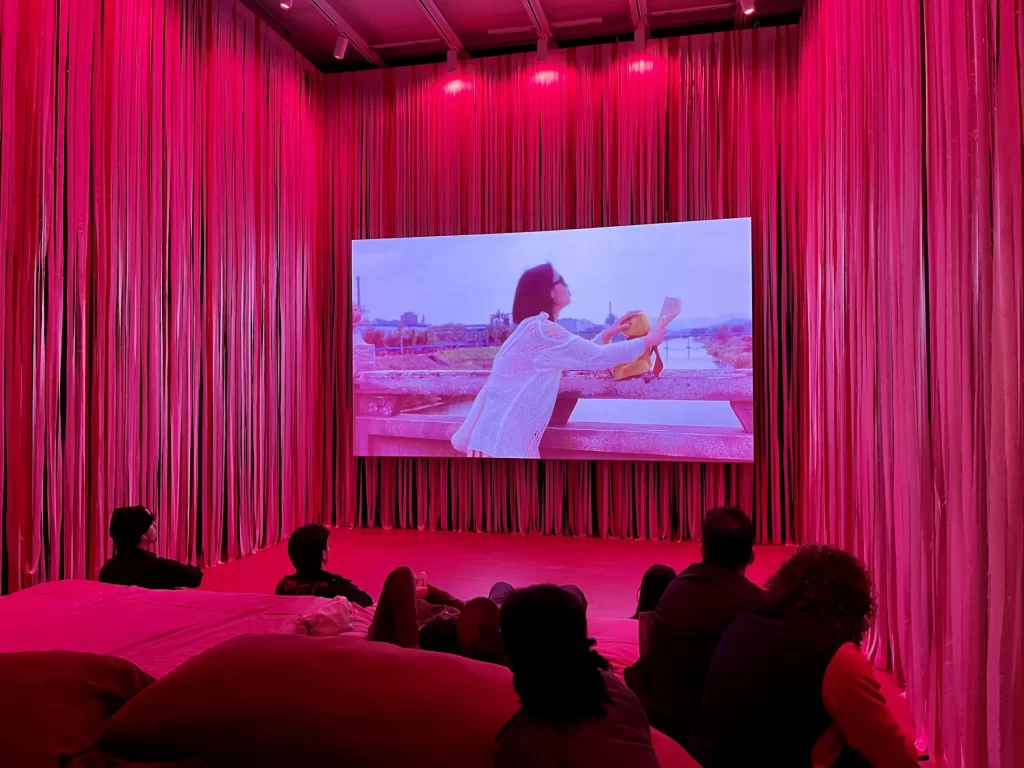Introduction
The Whitney Biennial, often labeled as “safe” by critics, has long been scrutinized for its perceived lack of controversy and radicalism. However, the 2024 edition challenges this notion with a striking emphasis on video works and a poignant exploration of urgent political issues in American society.
A Shift in Focus
This year’s Biennial distinguishes itself with a notable emphasis on video art, signalling a departure from previous iterations. The curatorial decision to highlight essayistic, performance-based, and contemplative works challenges visitors to engage deeply with the exhibits, deviating from the traditional casual walk-through experience.
A Multimedia Approach
Head Curators Chrissie Iles and Meg Onli’s decision to hire additional curators for film, sound, and performance underscores the prominence of these media in the exhibition. The scarcity of traditional mediums like painting and photography prompts reflection on the evolving landscape of contemporary art.
Exploring Urgent Issues
The Biennial confronts a spectrum of pressing political issues, from reproductive rights to LGBTQ+ struggles and racial inequality. Works by artists such as Carmen Winant, Sharon Hayes, Isaac Julien, and Clarissa Tossin offer poignant insights into the complexities of American society today.
The Presence of Controversy
Despite its reputation for safety, the Biennial does not shy away from controversy entirely. Demian DinéYazhi’s “Free Palestine” neon text subtly challenges conventional boundaries, sparking dialogue around contentious topics within the art world and beyond.
A “Safe Space” for Unsafe Ideas
The Whitney’s history of grappling with controversy, exemplified by former Director Adam Weinberg’s declaration of the museum as a “safe space for unsafe ideas,” resonates in the 2024 Biennial. However, the exhibition’s emphasis on quiet reflection over confrontational art suggests a nuanced approach to addressing societal issues.
A Reflection of Society
Ultimately, the Whitney Biennial serves as a mirror to contemporary American culture, reflecting its nuances, complexities, and prevailing sentiments. If this year’s works are perceived as “safe,” it may be indicative of a broader cultural climate characterised by timidity and resignation.
Conclusion
As the Whitney Biennial 2024 unfolds, it invites visitors to engage with art that transcends traditional boundaries and provokes thought on pressing societal issues. In its exploration of multimedia expressions and nuanced political narratives, the exhibition challenges prevailing perceptions of safety and reflects the evolving landscape of American art and culture.
Feature Image: Installation view of Diane Severin Nguyen’s In Her Time (Iris’s Version) (2023–24)| Courtesy: Hakim Bishara/Hyperallergic





